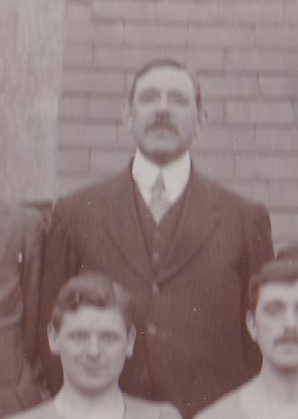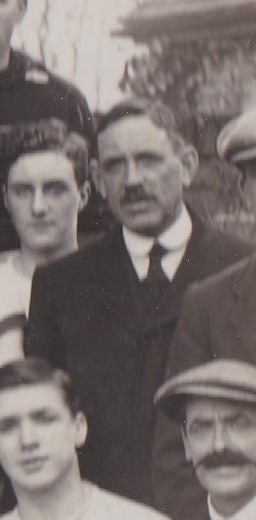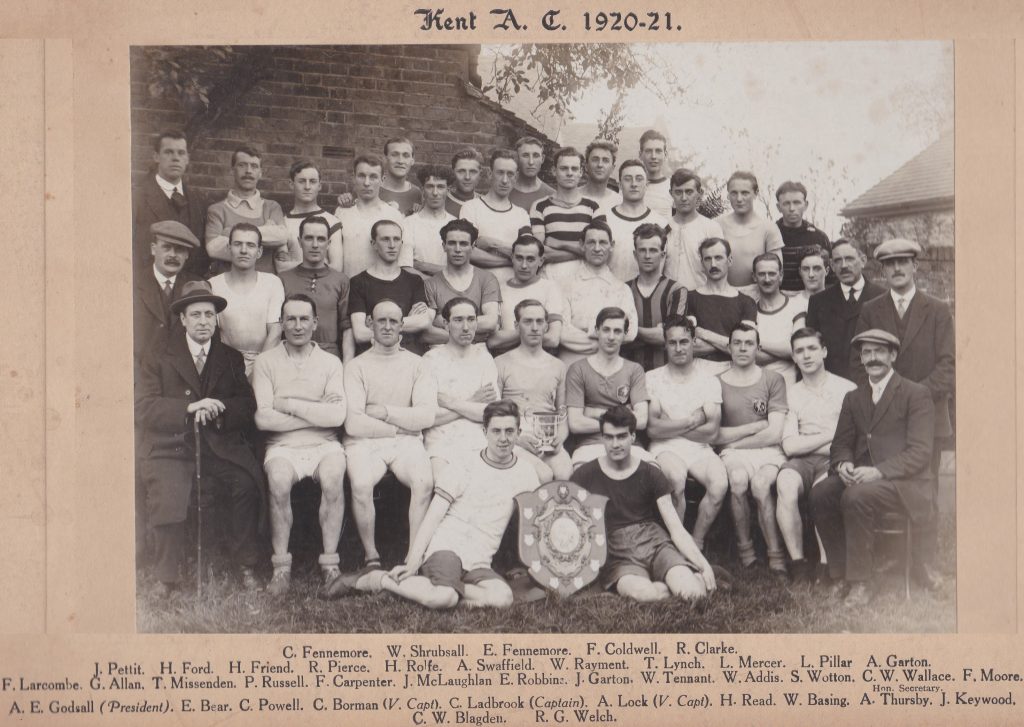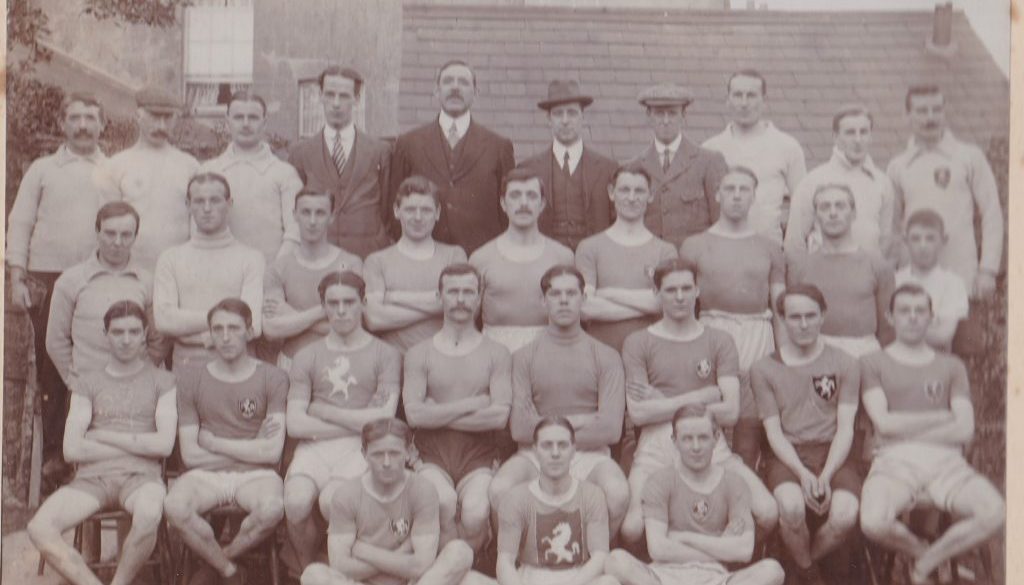William Wallace
William (Carl) Wallace 1870-1945
The club has recently been sent two group photos of our members, one dated 1913 and one 1920-1 and with names of those in the image. They are of interest on a number of fronts, but the most important by far is that they are the only know images our founder secretary, William Wallace, who held that post from our foundation in 1898 until 1937 – yes 39 years.


This has prompted a little light research on Wallace. He was a very much a product of his place and time: a first-generation Londoner, in the first generation with widespread literacy and numeracy working in clerical occupations, socially mobile, but working in a traditional riverside occupation. He was the son of immigrants to London, his father, also William, was from Norfolk and his mother from Ireland. He was born in 1870 and his family lived at 11 Reginald Rd, Deptford thereafter for at least the next decade. (This was one of the streets featured in the Deptford edition of the BBC2 series The secret history of our streets.) His parents were bootmakers. He was almost certainly educated at Frankham Street (now Tidemill) School.
The education bit is important as the year of his birth saw the passing of the 1870 education act that set up universal elementary education. This resulted in hugely improved levels of literacy and numeracy and paved the way for a whole new category of workers: clerks. This is exactly how Wallace described himself on the 1901 census. Clerks were the upwardly mobile of their day – educationally and socially a cut above manual workers. (They were also keenly satirized, notably in George and Weedon Grosmith’s 1892 book Diary of a nobody.)
Wallace found work not in a London office, but in a local industry in a firm making ships steel cables. He must have had an entrepreneurial streak as by the early 1930s he had gone into business working from an office in the City (18 Beer Lane) as what he listed lightly mysteriously as a forwarding agent. From the number of other companies in the same address, it must have been a small outfit.
In the photos and in newspaper reports and even electoral registers he sometimes used the name Carl or sometimes Karl alongside or instead of William, but his seems to be an affectation and never appears in more official sources such as the census sources.
He married, and he and his wife Clara, then living in Greenwich, had a daughter Gladys Mara in 1898. In 1901 he was living at 188 West Ferry Rd on the Isle of Dogs, but by 1911 he was back south of the river at 45 Algernon Rd, Ladywell where he remained until 1937. He was widowed in 1917 and his daughter married in 1922. She and her husband lived with Wallace in Algernon Road through the 1930s until he moved in 1937.
He was the driving force in Kent AC’s first four decades. He was founder secretary – and the secretary’s role was the powerful one, and had been involved in one of our predecessor clubs West Kent Harriers. But his role, even from his early 20s was as an organizer, not competitor, and his motivation for this interest must remain unknown. An involvement with athletics was consistent with his time and place. Athletics provided a diversion for young men with the time and excess energy that clerical work allowed; and this was a population that lived in the new outer Victorian suburbs of which Lewisham was one. But Lewisham was never a prestigious location and Kent AC could never become one of the so-called senior clubs, (a term with direct lineage to the two long-established South of the Thames cross country championships) such as Thames Hare & Hounds or Blackheath, with their exclusive middle class professional membership.
Wallace was a big man and not the obvious build for a participant in the hare and hounds activities the club took part in. In the photos above, in 1913 he was 43 and in 1920-1, diminished figure aged 51. He stood down a secretary in 1938 when Fred Tregunno took over (he held the post until 1956). He became treasurer for a year and disappeared from the record. He died aged 76 in early 1945.
Received wisdom in the club (from George Brooks and Fred Tregunno) is that the absence of any pre-war records is because Wallace’s house on Algernon Rd received a direct hit in world war II and they were destroyed. But as far as I can see Wallace wasn’t living there then and while a VI or VII did land diagonally across the road (there are flats there now) no. 45 was only lightly damaged and indeed still stands. So, a mystery.
Sources:
Secondary
Larry Garnham History of Kent AC
Primary
Kentish Mercury newspaper
Kelly’s directories
electoral registers
census returns
Indexes to GRO registers
Len Reilly
February 2020

